La majestuosa migración de las mariposas monarca: un viaje a través de las estaciones
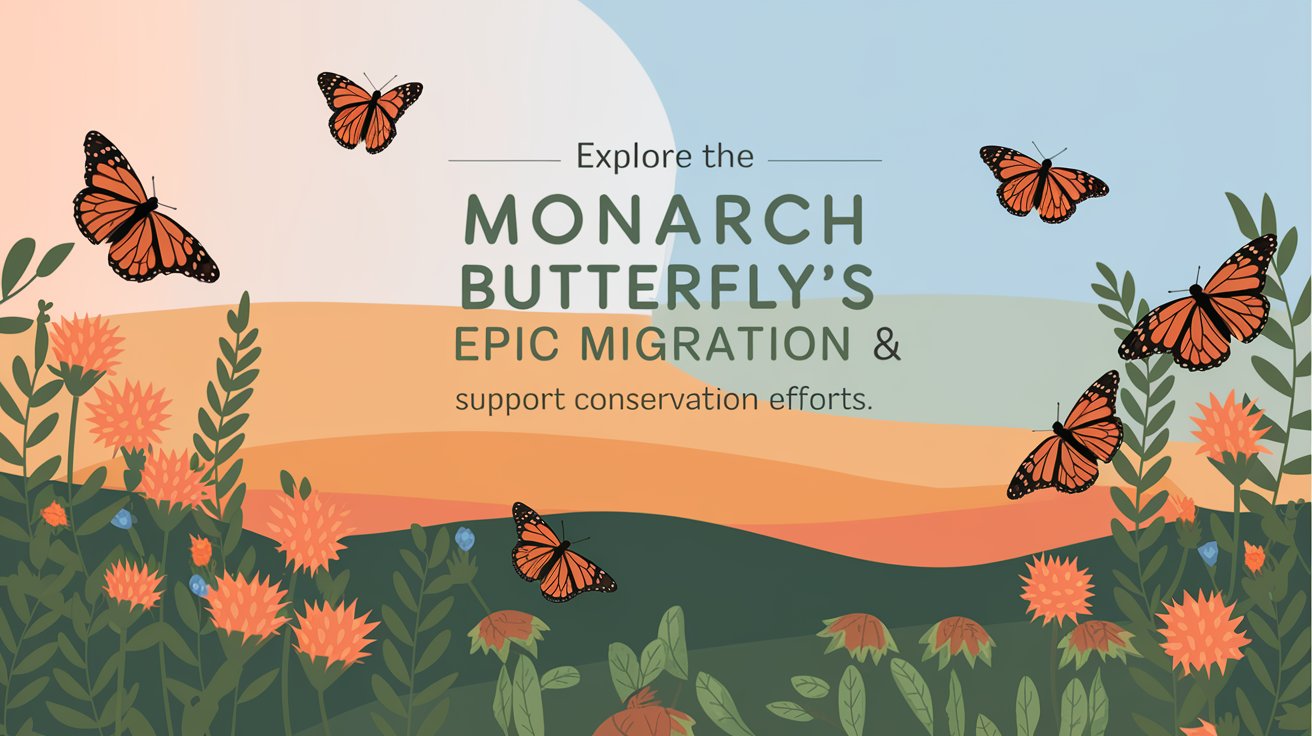
La majestuosa migración de las mariposas monarca: un viaje a través de las estaciones
Cada año, la mariposa monarca emprende una de las migraciones más increíbles del reino animal, recorriendo miles de kilómetros desde América del Norte hasta sus zonas de hibernación en México. Comprender sus patrones de migración, su ciclo de vida y los desafíos que enfrenta nos permite comprender cómo podemos ayudar a proteger a esta frágil especie.
Migración de la mariposa monarca por mes

Febrero – marzo: comienza el viaje A fines del invierno, las monarcas emergen de sus sitios de hibernación en el centro de México. A medida que aumentan las temperaturas, comienzan su viaje hacia el norte. Estas mariposas se aparean durante este tiempo y las hembras ponen sus huevos en plantas de algodoncillo a medida que se desplazan hacia el norte.
Abril – mayo: La primera generación Los huevos puestos por las monarcas que hibernan eclosionan y surgen nuevas monarcas. Estas mariposas no realizan la migración completa, sino que continúan hacia el norte, poniendo huevos para la siguiente generación a medida que avanzan. Este proceso se repite a medida que las monarcas viajan a través del sur de los EE. UU. hacia el Medio Oeste y Canadá.
Junio – agosto: pico de migración En los meses de verano, la población de monarcas alcanza su máximo en Estados Unidos y Canadá. Durante este tiempo, las monarcas se alimentan de néctar y continúan reproduciéndose. La última generación del verano, a menudo llamada la "supergeneración", nace a fines de agosto y principios de septiembre.
Septiembre-octubre: La supergeneración emprende el vuelo A diferencia de las generaciones anteriores, que viven apenas unas semanas, la supergeneración puede vivir hasta ocho meses. Estas monarcas no se reproducen inmediatamente, sino que comienzan su migración épica hacia el sur, a México. Recorren más de 4.800 kilómetros, y se orientan gracias a señales ambientales como el ángulo del sol y el campo magnético de la Tierra.
Noviembre – enero: hibernación en México A finales del otoño, las monarcas llegan a los bosques de oyamel del centro de México, donde millones de ellas se agrupan en los árboles para protegerse del frío. Durante estos meses, permanecen en un estado de semihibernación, conservando su energía para el viaje al norte en primavera.
El ciclo de vida de la mariposa monarca

Las monarcas pasan por cuatro etapas de vida: huevo, oruga, crisálida y mariposa. Su ciclo de vida comienza cuando la hembra pone huevos en algodoncillo, la única fuente de alimento de las orugas de la monarca. Una vez que los huevos eclosionan, las orugas se alimentan de algodoncillo durante aproximadamente dos semanas antes de formar una crisálida. Después de otras dos semanas, emerge una mariposa adulta, lista para continuar el viaje.
La disminución de las poblaciones de la mariposa monarca
Lamentablemente, la población de mariposas monarca ha experimentado un marcado descenso en los últimos años. La pérdida de hábitat debido a la deforestación, el uso de pesticidas y la desaparición de la algodoncillo, su principal fuente de alimento, ha provocado una drástica disminución de su número. El cambio climático también afecta a sus patrones de migración, lo que ejerce una presión adicional sobre estas hermosas criaturas.
Cómo puedes ayudar: Apoya la conservación de la mariposa monarca
Apoyar los esfuerzos de conservación de la mariposa monarca es crucial para garantizar que las generaciones futuras puedan presenciar su asombrosa migración. Al comprar en FlutterFlyers.com , puede participar en esta misión. Nuestros productos brindan alegría a los demás y, al mismo tiempo, apoyan al Monarch Butterfly Fund , ya que las ganancias de cada venta se destinan a proteger a estas magníficas criaturas.
Ayude a difundir la felicidad y contribuya a una buena causa. ¡Juntos podemos marcar la diferencia!
Llamado a la acción:
Obtenga más información sobre los esfuerzos de conservación de la mariposa monarca y haga una donación hoy mismo al Monarch Butterfly Fund . ¡Difunda la información y comparta la alegría de las mariposas monarca visitando FlutterFlyers.com y apoyando nuestra causa con su compra!







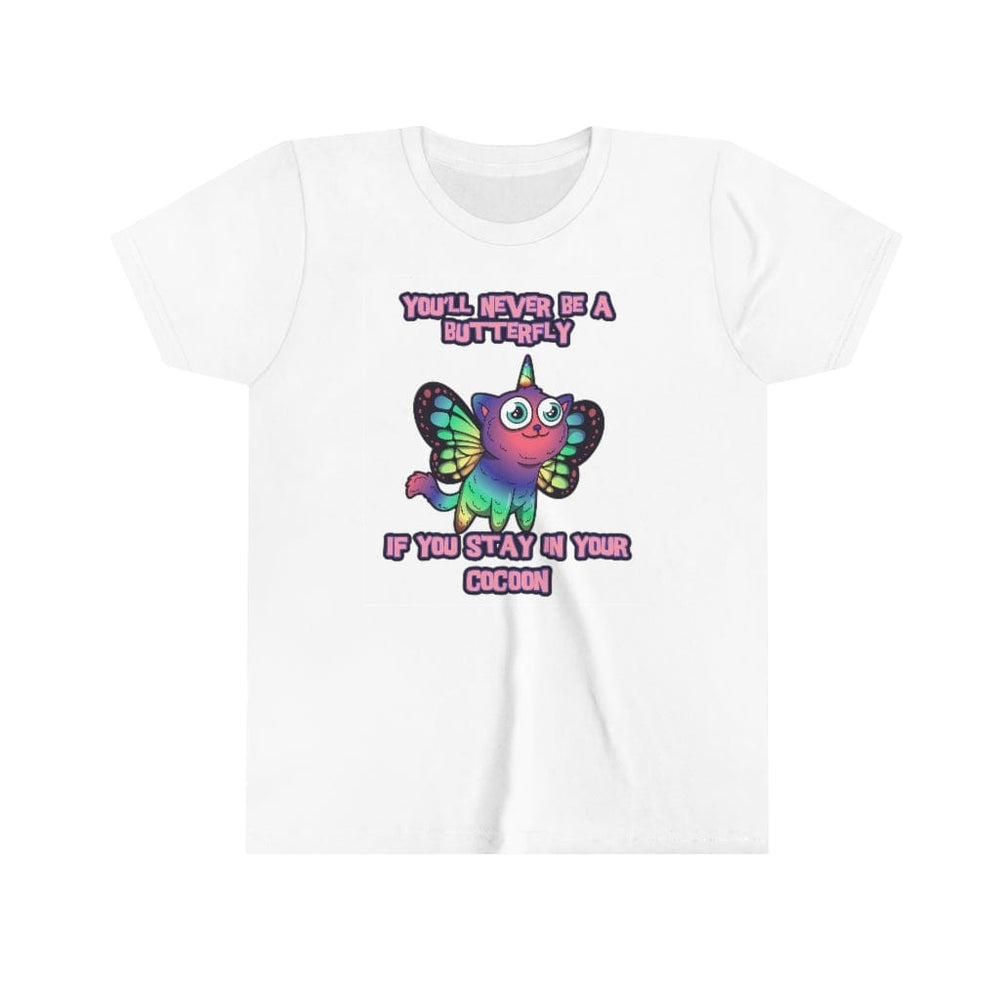
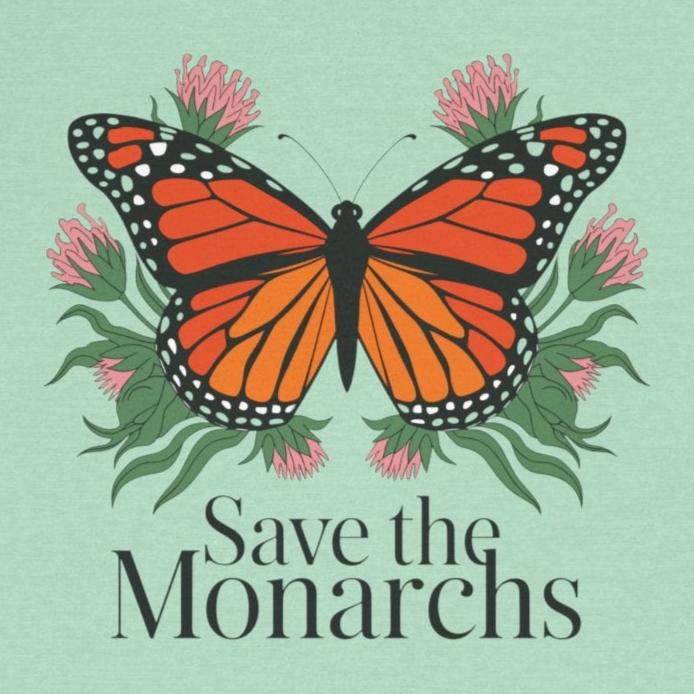
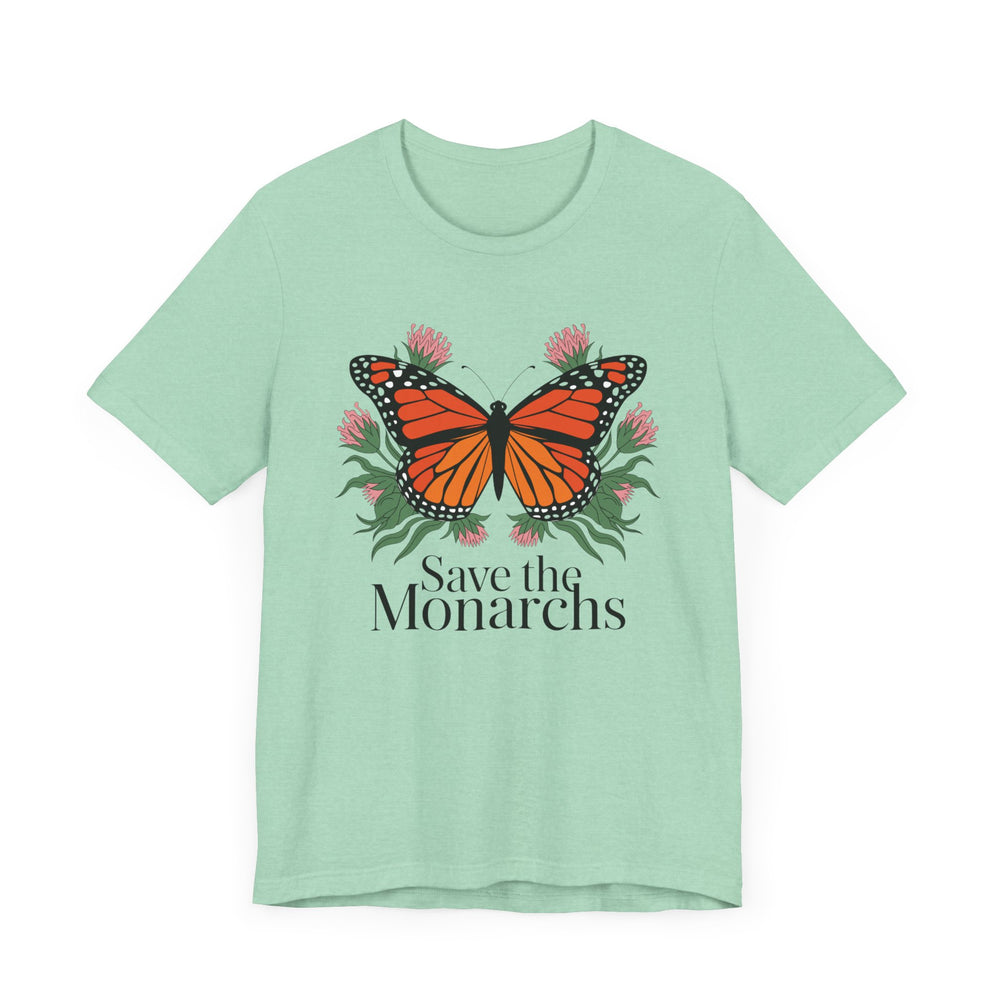
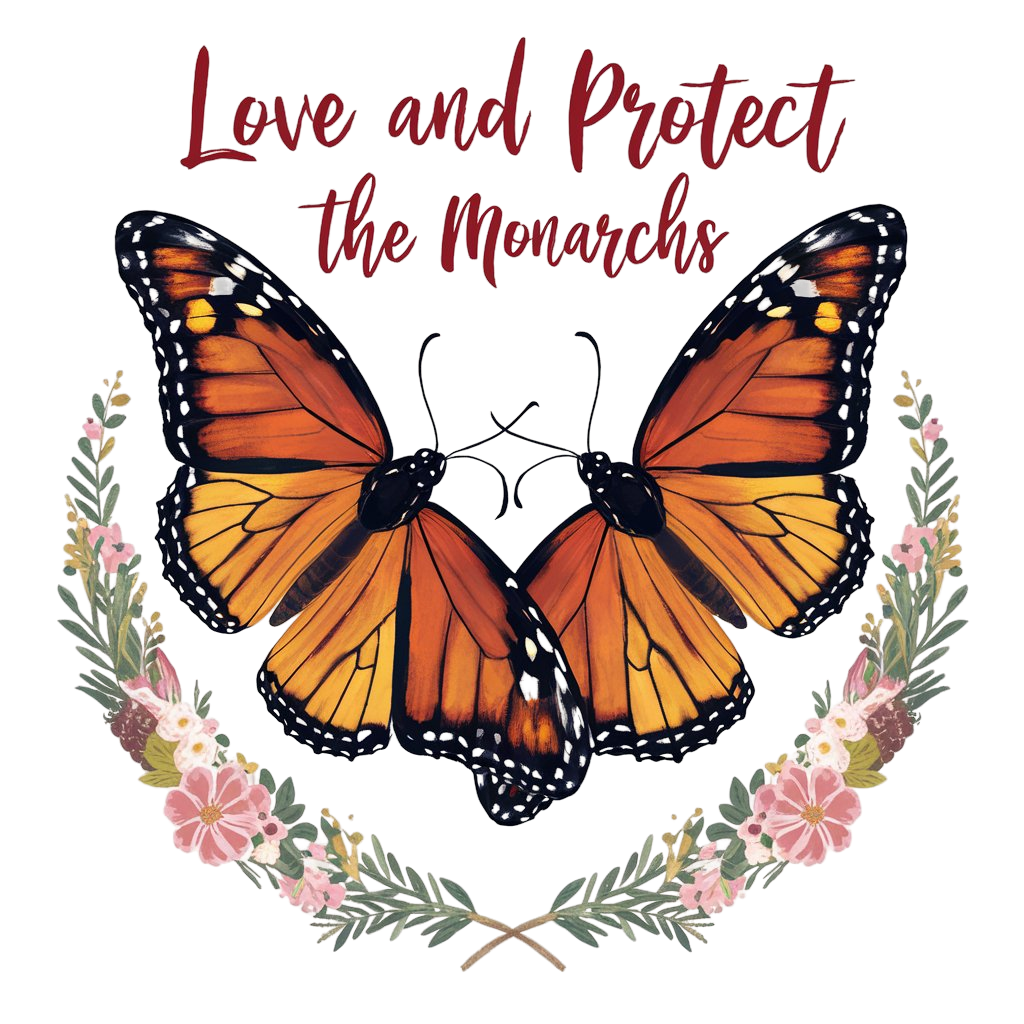

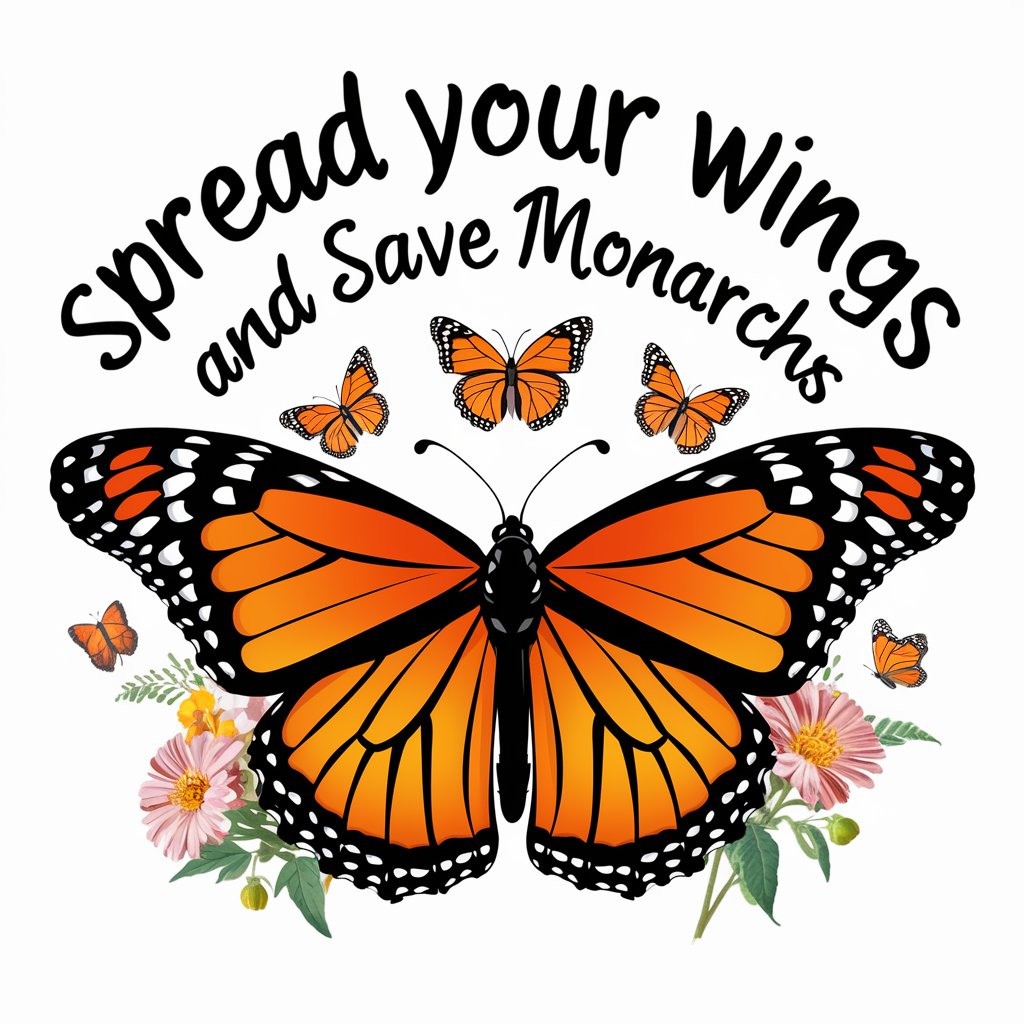
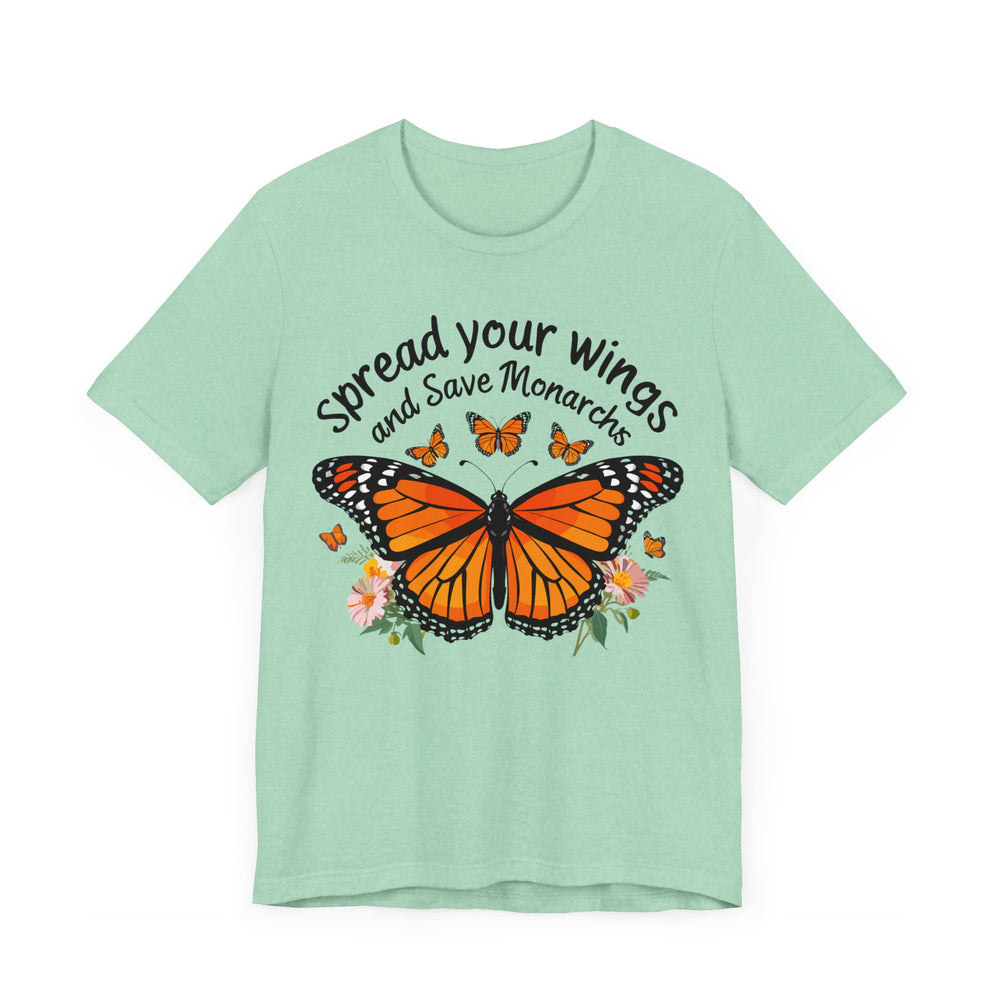
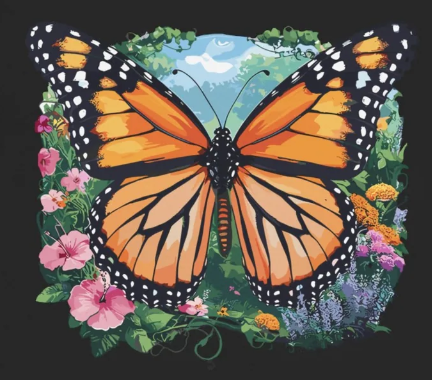
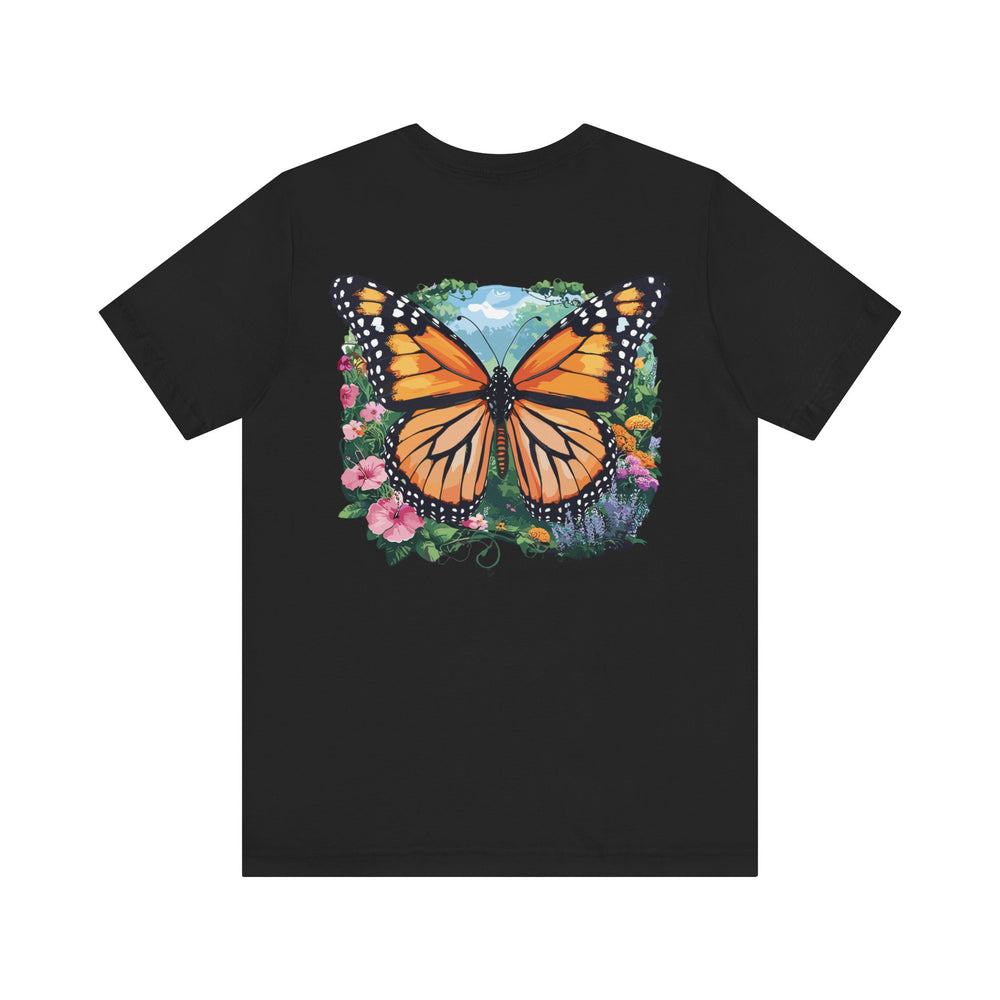






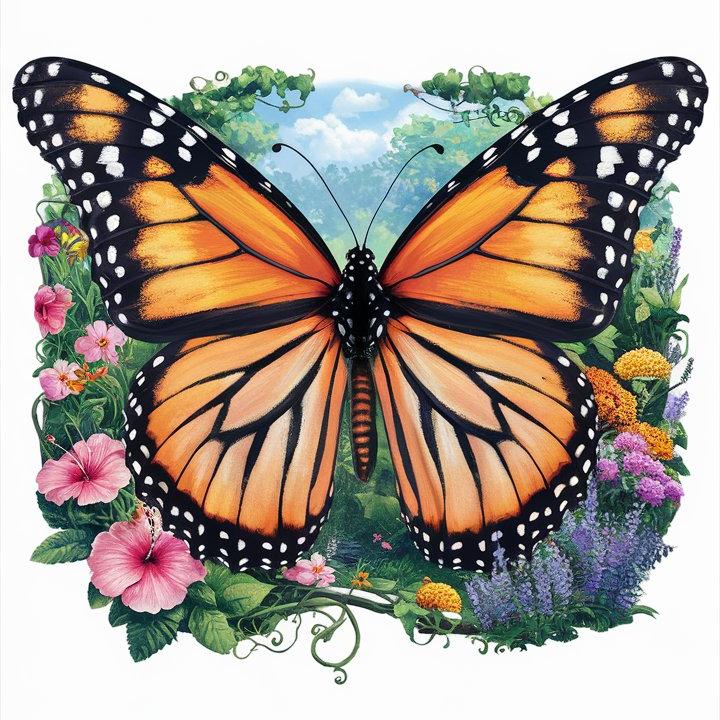
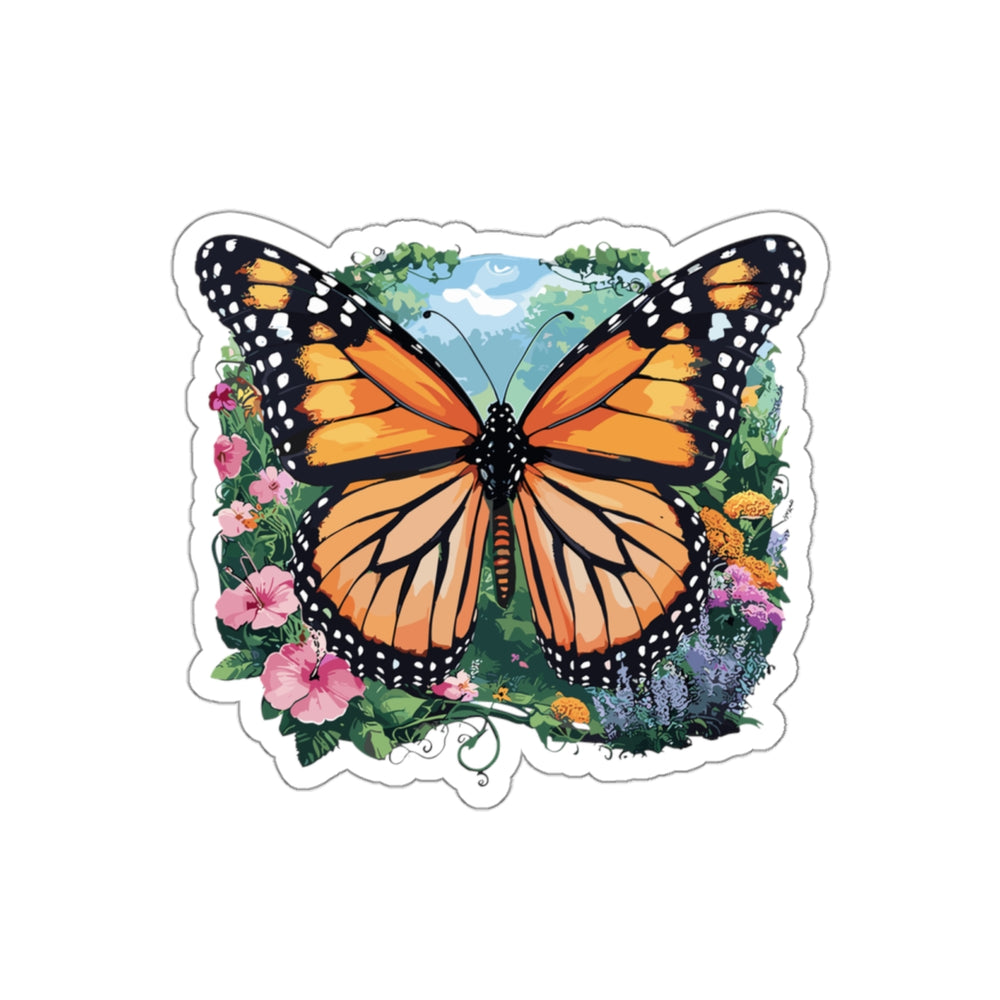

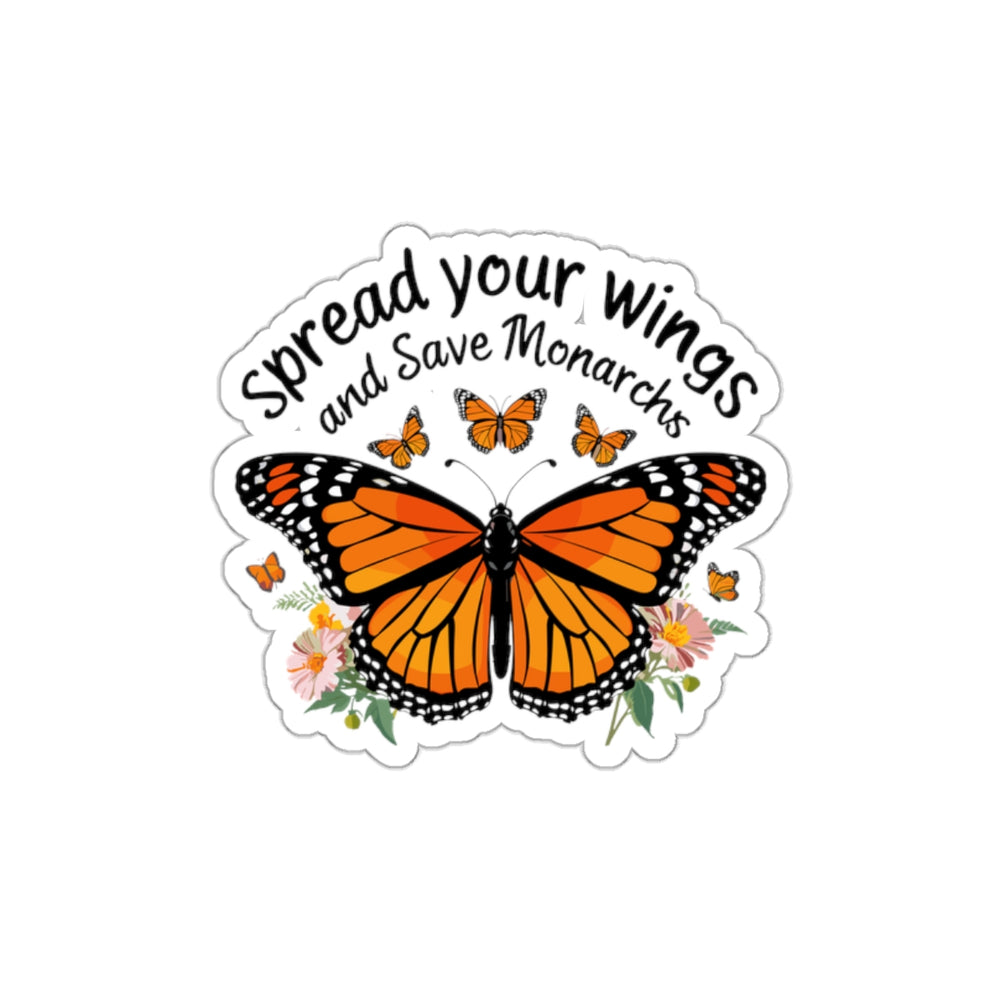
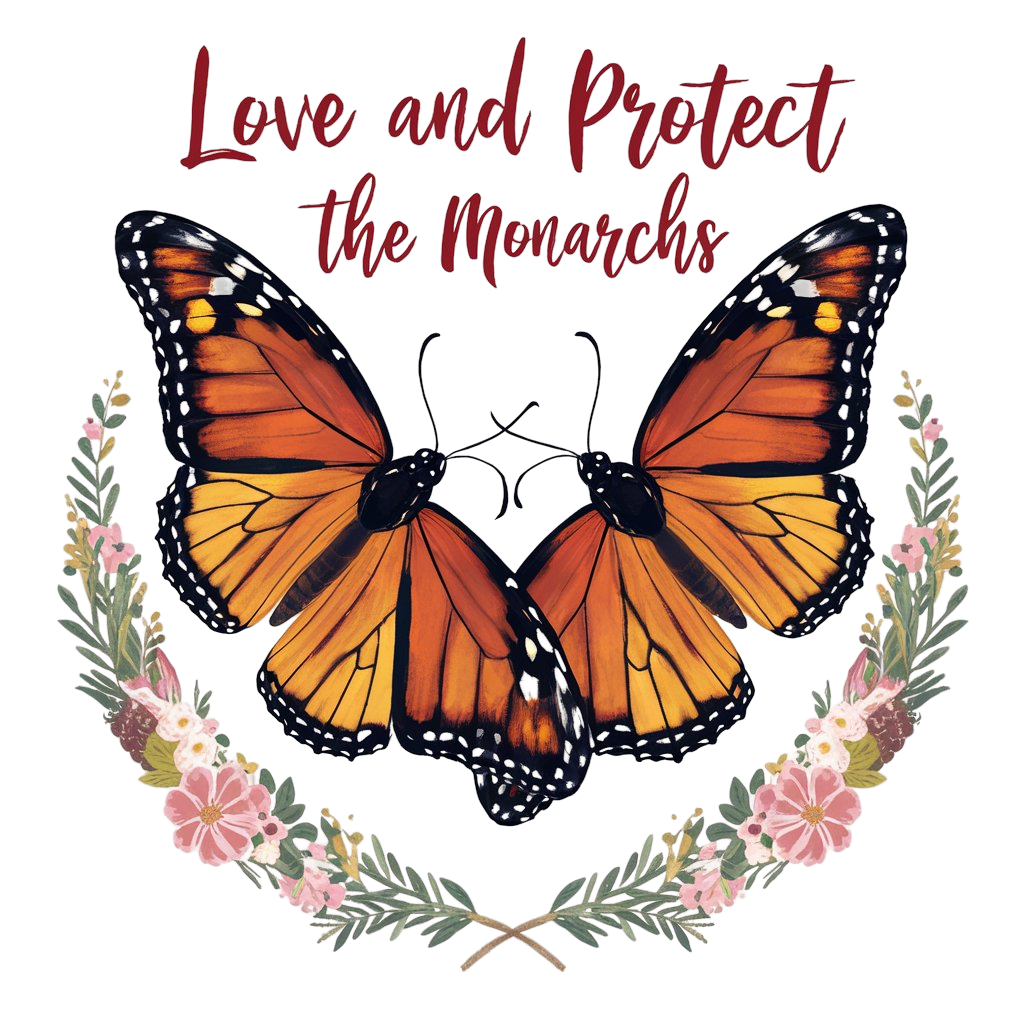
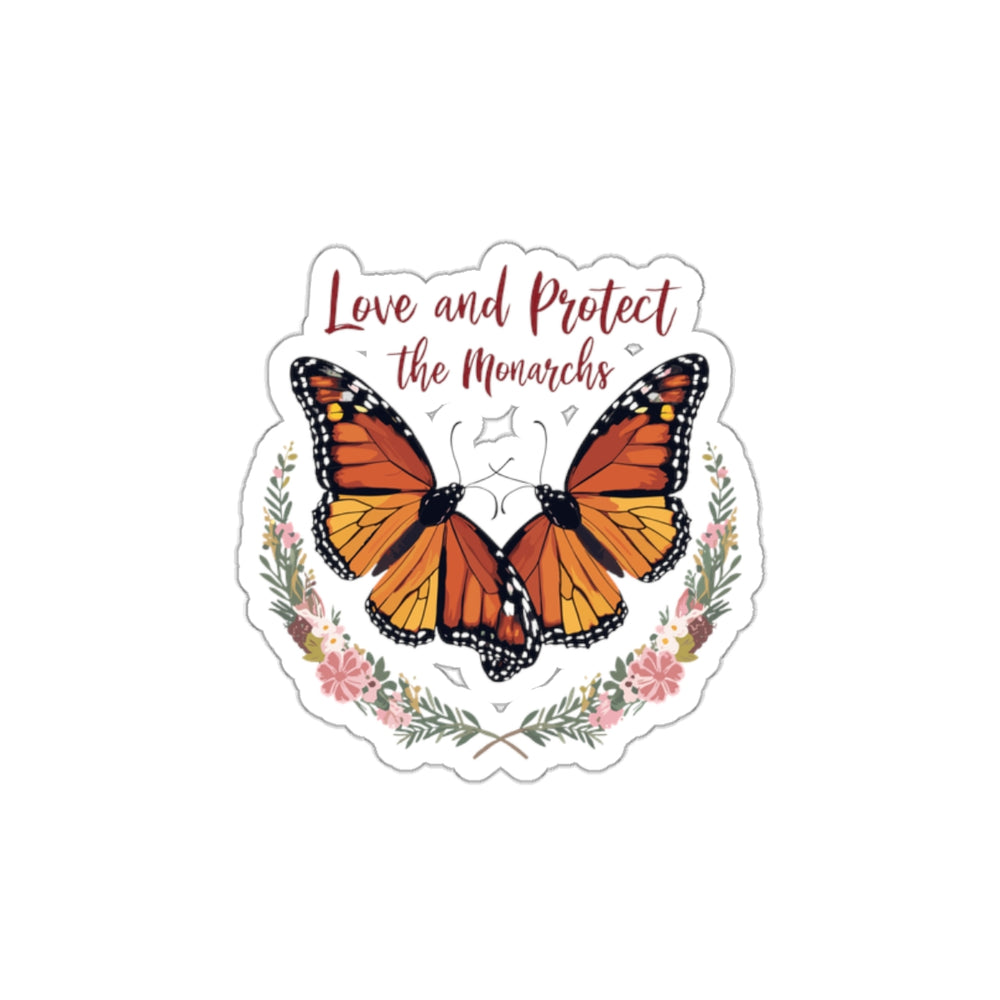
Dejar un comentario